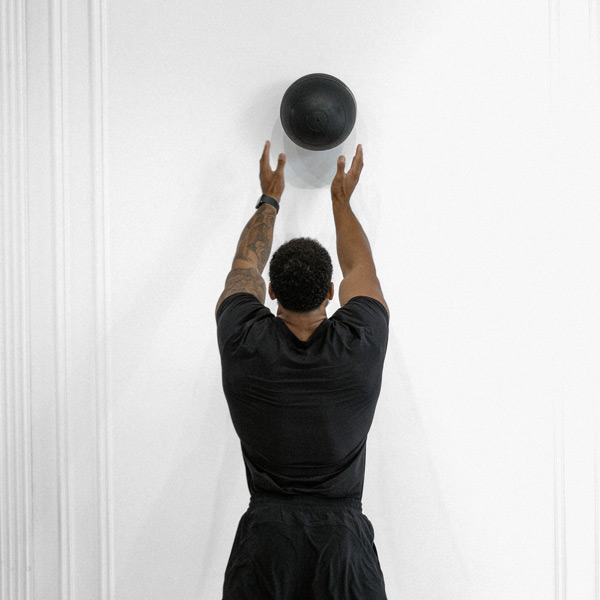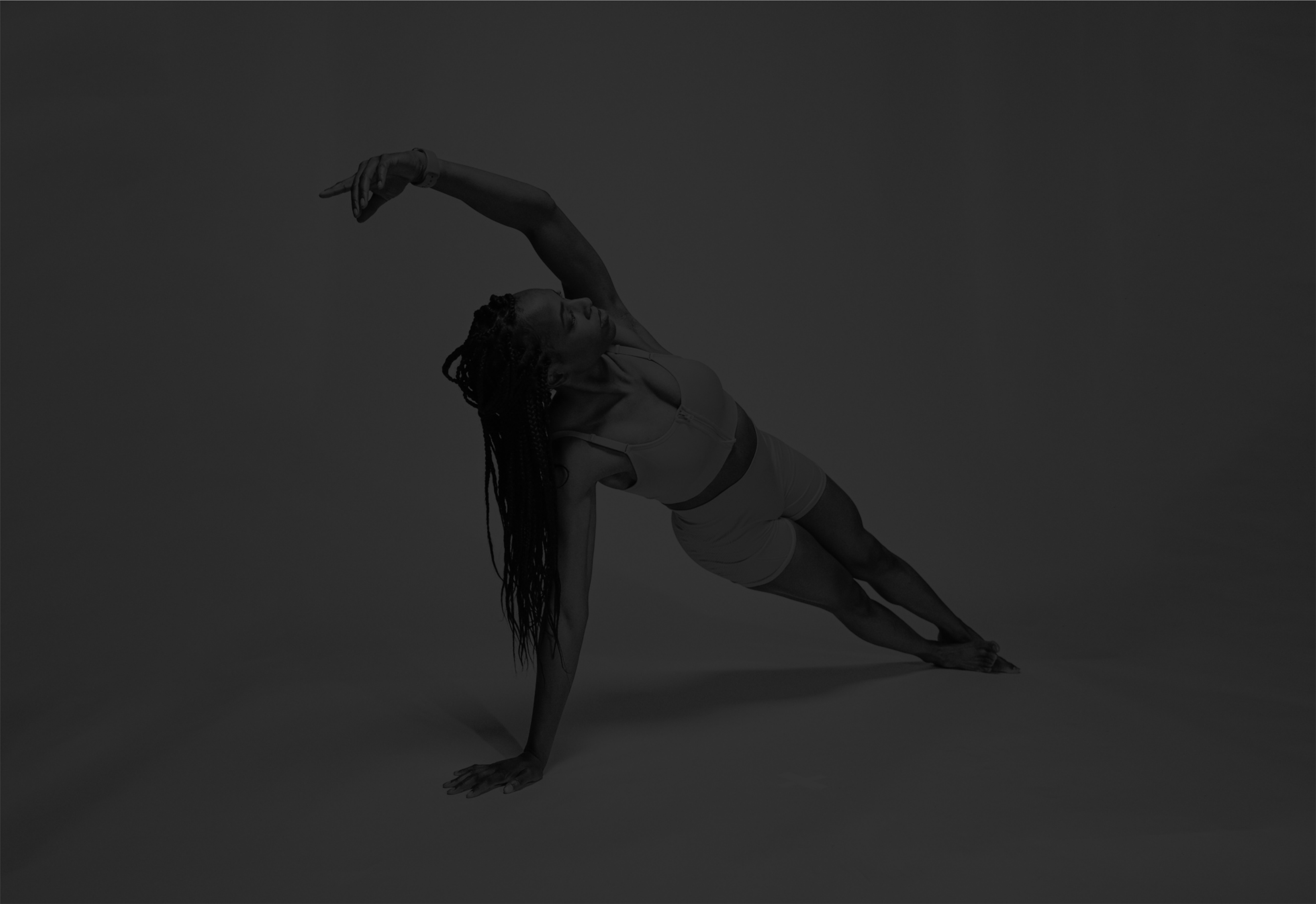Medicine Ball Russian Twist
Seated core rotation using a medicine ball that targets obliques and abs to build rotational strength and stability; commonly scaled by foot position and ball weight.
About Exercise
Equipment
Medicine Ball
Difficulty
2/5 • Beginner
Primary Muscle Groups
Obliques
Secondary Muscles
Hip Flexors, Lower Back
Popularity Score
8
Goals
Training Style
Setup Requirements
Requires Rack
No
Requires Bench
No
Requires Spotter
No
Space Needed
Small
Noise Level
Low
Muscle Breakdown
View Muscle MapObliques
10/10External Obliques, Internal Obliques
Abs
7/10Rectus Abdominis, Transverse Abdominis
Hip Flexors
5/10Iliopsoas
Lower Back
4/10Erector Spinae
Programming
Typical Rep Range
10-20 reps
Rest Between Sets
30-60 seconds
How to Perform
Sit on the floor with knees bent and feet flat or lifted, holding a medicine ball at chest level, lean back to form a 45-degree angle with torso.
- Engage core and keep spine neutral.
- Twist torso to one side, bringing ball toward hip.
- Return to center.
- Twist to opposite side.
- Alternate sides in controlled motion.
- Breathe steadily throughout.
Coaching Tips
Form Cues
- Twist from obliques
- Keep chest lifted
- Eyes forward
- Core tight
- Controlled speed
Breathing
Inhale to center, exhale during twist; brace core before each rotation.
Tempo
2-0-2
Range of Motion
Twist until ball reaches hip level or floor beside you, without rounding back.
Safety
Safety Notes
- Avoid if lower back pain present
- Not for pregnancy
- Maintain neutral spine
- Start with light weight
- Stop if neck or back strain occurs
Spotting
No spotting needed; perform in open space with mat for comfort.
Common Mistakes
- Swinging with arms
- Rounding back
- Using momentum
- Feet dropping if lifted
- Incomplete twists
When to Avoid
- Lower back pain
- Pregnancy
- Acute spinal issues
Flexibility Needed
- Torso rotation mobility
- Hip flexion
Build Up First
- Basic core engagement
- Neutral spine maintenance
Also known as
Med Ball Twist, Weighted Russian Twist, Medicine Ball Torso Twist
Found this helpful?
Share your thoughts or help us improve this guide.
Similar Exercises

Medicine Ball Wall Balls

Medicine Ball
Quads

Stability Ball Russian Twist
Stability Ball
Obliques

Medicine Ball Rainbow Slams
Medicine Ball
Obliques

Medicine Ball Lunge with Twist
Medicine Ball
Quads

Balance Trainer Russian Twist
Balance Trainer
Obliques

Medicine Ball Lunge
Medicine Ball
Quads, Glutes

Medicine Ball Squat
Medicine Ball
Quads

Dumbbell Russian Twist

Dumbbells
Obliques

Medicine Ball Push Up
Medicine Ball
Chest

Kettlebell Russian Twist
Kettlebell
Obliques


subscribe to our newsletter
Contact Us
hello@trainfitness.aiFind Us
130 Spadina Avenue, Toronto,
Ontario, M5V 0H4, Canada
©2025 All Rights Reserved
